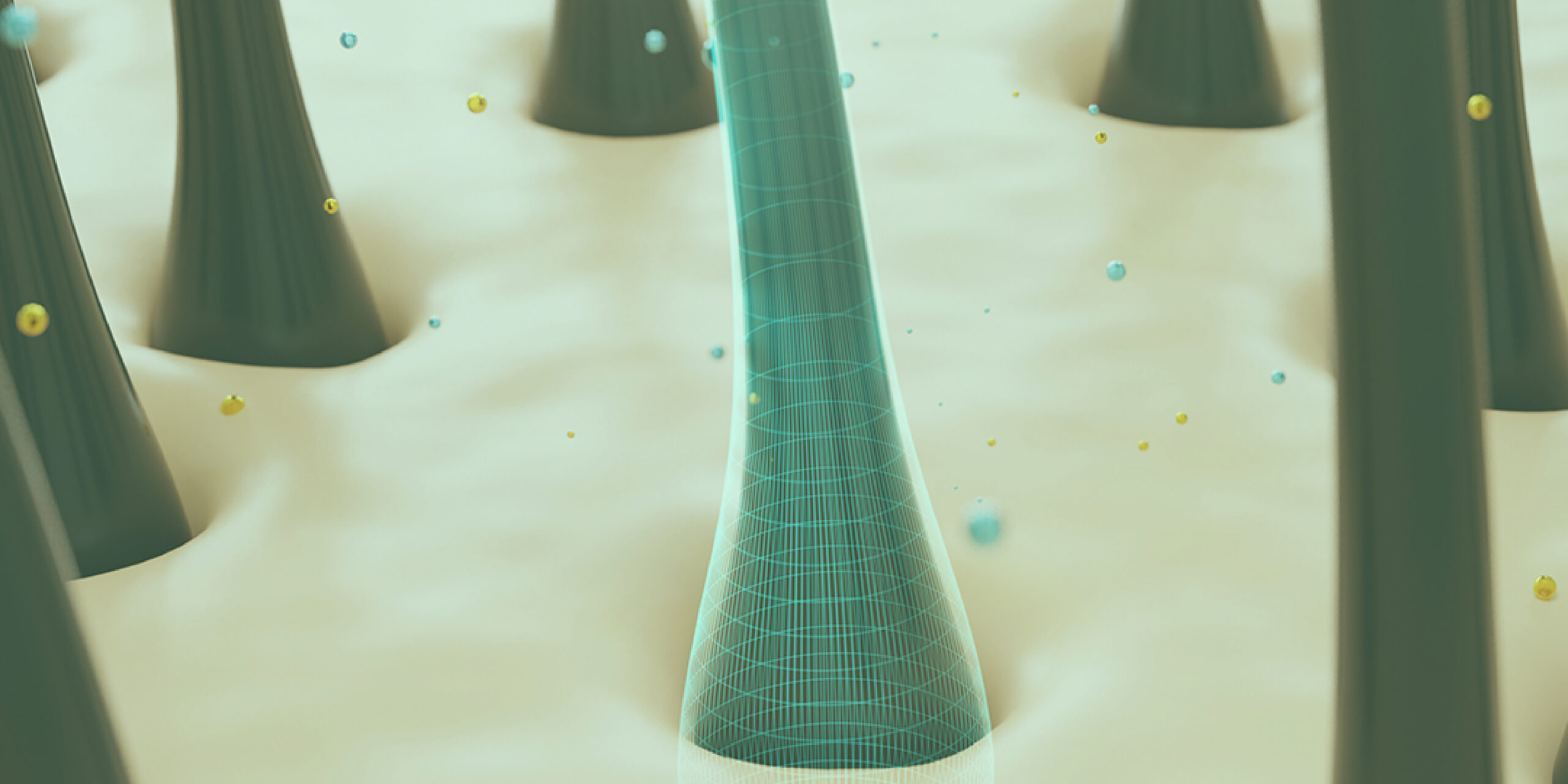
What is Hair?
To learn how you can benefit from a hair transplant, you need to know the causes of hair loss, the factors that affect hair transplant results and the science behind the different techniques used for hair transplantation, but first let's look at what this miniature organ is.
Hair is an extraordinary organ, a miniature organ. We know that a healthy hair can stretch up to 30% of its length. A hair can also absorb water and swell to 20% of its diameter. Hair is made of a protein called keratin, which is also the main component of your nails. This protein is produced by follicles, which resemble the shape of bulbs on your skin. You are born with all the follicles you will ever have, and about 100,000 of them are only on your scalp. You can't produce new ones, and when you start to experience baldness, we can say that the cells die, that is, they stop producing keratin.
The hair itself is produced in the bulb inside the follicle, and as it grows through it, it gets into the sebaceous glands and becomes coated with oil. This oil prevents the hair from being damaged by water and other substances and makes it shiny. We call this sebum. The pigment cells in the follicle give the hair its color and this is melanin. It also makes the skin darker. In the follicle, each hair begins life as a living cell. But through a process called keratinization, the cells fill with fibrous material, die and turn into hair. In short, the hair that was alive when you were born turns into a dead keratin tissue as a result of this process. When we analyze hair chemically, we see that it is composed of carbon, oxygen, hydrogen, nitrogen and sulfur elements.
Just like us, each follicle is not always awake. Each one goes through cycles of activity in which it continuously produces hair before going to sleep, during which time the hair falls out. On average, you lose about 50 to 100 hairs every day. Body hair goes through this process over a period of about a month, while hair follicles can take years. Men's hair grows slightly faster than women's hair because female hair follicles have longer growth cycles, which explains why female hair takes longer to grow. Compared to other types of growth that occur inside the body, hair grows extremely fast. For example, hair can grow about 15 cm per year, but of course this varies from person to person.
The texture of your hair is largely determined by the shape of the follicle. For example, oval-shaped follicles produce curly hair, while straighter hair is the result of more round-shaped cells. This has a lot to do with genetic predisposition and you may also see hair texture change throughout your life.
What does hair do?
The main purpose of hair in mammals, including humans, is to keep the skin warm and protected. But humans are more hairless than other mammals. This can only be explained by evolution, our ancestors lost their hair somehow, and humanity had to invent clothes.
Hair reflects and explains a lot about your genetics and health. In short, it serves as a biological archive for human beings themselves. Many murders have been solved by examining hair strands.
Create a preliminary interview request for all your questions about Hair Loss and PRP procedures.
Scientific
Safe
Effective
How does hair grow?
Your hair grows about 1.3 cm per month. Human hair is made of keratin, a protein produced in small spaces called follicles in the dermis layer of the skin. Except for the hands, soles of the feet and palms of the hands, hair is found all over the body, but it is often so fine that it is practically invisible. As new hair cells are produced by the follicles, the old ones are pushed to the surface of the skin, so that the hair you see growing is actually a series of dead keratin cells.
Each hair follicle has a growth phase that can last anywhere from two to six years, which we call the anagen phase. The resting phase, which lasts a few months, is the telogen phase. The xagen phase is quite short, lasting about 2 to 3 weeks, and this is the transition phase. We call this the hair growth cycle. At the end of the resting phase, the hair falls out and the cycle starts again. We know that they grow faster in summer than in winter. An average strand of hair can grow from 30 to 80 cm.
How does hair loss occur?
Hair loss occurs when the hair growth cycle is disrupted, causing hair to fall out faster than normal, grow poorly or not grow at all. The most common cause of hair loss is male and female pattern baldness of hereditary origin. However, the following conditions can cause alopecia in men and women:
- Medical conditions, including thyroid problems and anemia
- Medicines and their side effects
- Stress and trauma
- Diet disorders
- Scalp tension caused by tightly gathered or braided hairstyles
- Trichotillomania, a hair pulling disorder in which there is an irresistible urge to pull hair
- Ringworm alopecia areata, an immune system problem
- Scalp infections requiring dermatologic treatment
